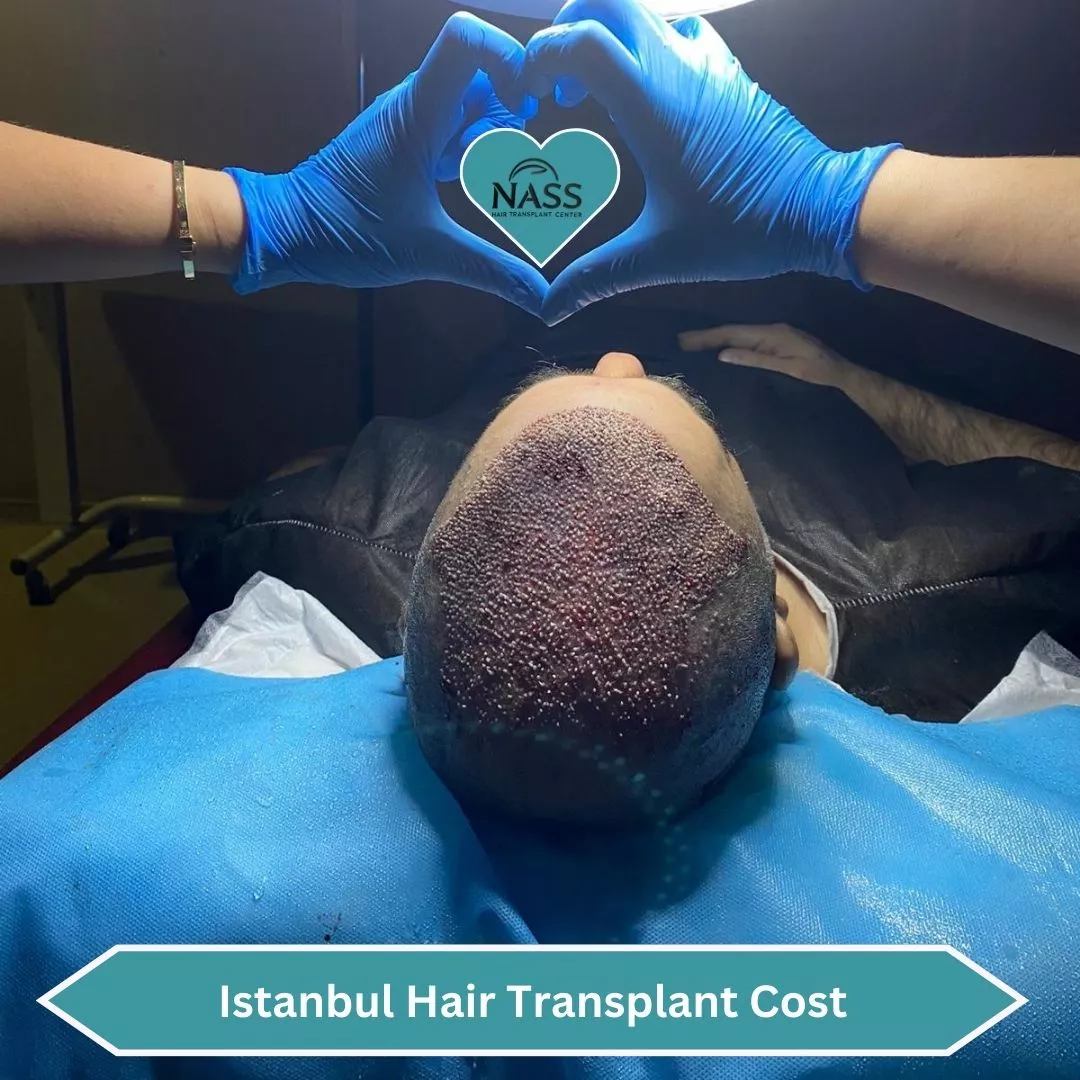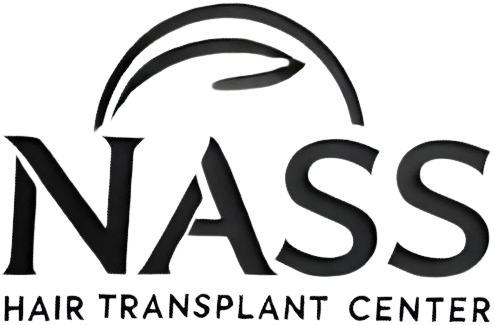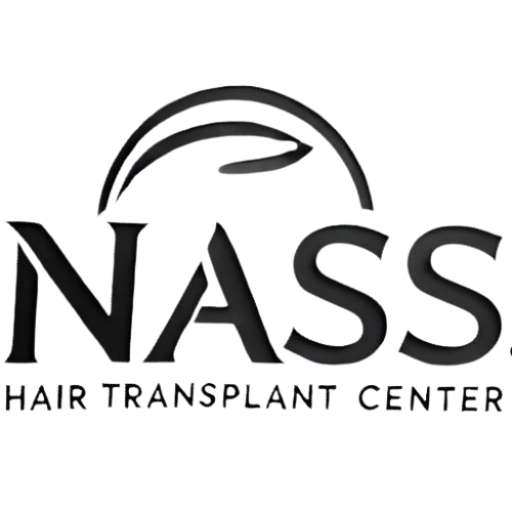Hair Transplant Aftercare: A Comprehensive Guide for Optimal Recovery
A successful hair transplant is not just about the surgical procedure itself; the aftercare process plays an equally critical role in achieving the best results. Whether you’ve undergone an FUE (Follicular Unit Extraction) or FUT (Follicular Unit Transplantation) procedure, how you care for your scalp in the days, weeks, and months following surgery determines the longevity and appearance of your new hair. This guide will outline all the necessary steps for hair transplant aftercare to ensure optimal recovery and hair growth.

Why Hair Transplant Aftercare Matters
The days and weeks following a hair transplant are crucial. Your transplanted hair grafts are fragile and need time to settle into the scalp. Without proper care, you risk complications such as infections, scarring, and even the failure of the transplanted hair follicles to take root. By following expert aftercare advice, you’ll improve your chances of regrowth and prevent unwanted side effects.
The First 24 Hours: Immediate Aftercare Tips
The first 24 hours post-surgery are vital, as this is when the hair grafts are most vulnerable. Follow these steps to protect your scalp:
- Rest and Elevation: Rest is essential, and you should keep your head elevated, even while sleeping. This minimizes swelling.
- No Washing: Avoid washing your scalp for the first 24 hours.
- Saline Sprays: Your clinic may provide a saline spray to keep the scalp hydrated and reduce itching. Use this as recommended.
- Avoid Touching or Scratching: Even if the scalp feels itchy or sore, avoid touching it to prevent infection or dislodging of grafts.
Days 1-7: Critical Early Healing Stage
In the first week, the transplanted grafts begin to settle. It’s important to follow a gentle care routine to ensure proper healing.
Washing Your Hair
After 48 hours, you can start to gently wash your hair following your clinic’s instructions.
- Use Lukewarm Water: Avoid hot water. Use lukewarm water to wash your hair carefully.
- Mild Shampoo: Use a mild, sulfate-free shampoo recommended by your surgeon. Apply gently, using your fingertips rather than nails, and avoid scrubbing the grafted area.
- Pat Dry: Do not rub your hair with a towel. Pat it dry gently with a soft towel or let it air dry.
Managing Scabs and Crusts
It is normal for scabs to form during the first week after surgery.
- Don’t Pick at Scabs: Picking at scabs can cause scarring and dislodge the grafts. They will naturally fall off within 7-10 days.
- Keep the Area Clean: Follow your surgeon’s advice on keeping the grafts clean without disturbing the healing process.
Activity Restrictions
Avoid strenuous activities that increase blood flow to the scalp, such as:
- Exercise: Avoid high-impact activities like running, weight lifting, or any form of exercise for the first week.
- Alcohol and Smoking: Refrain from drinking alcohol and smoking as they can slow down healing and increase the risk of infection.
Week 2-4: Shedding and Early Regrowth
By the second week, most of the swelling and redness should subside, but this is also when some patients experience what is known as “shock loss.”
Shedding Phase
During this phase, the transplanted hairs might start to fall out. This is completely normal and should not cause concern.
- Shock Loss: Shedding occurs as the transplanted follicles enter a resting phase before new growth begins. This process usually takes 2-3 weeks.
- New Growth: The transplanted hair will start to regrow after 3-4 months.
Hair Care and Maintenance
- Resume Light Activity: You can resume light exercises like walking or stretching, but avoid anything that causes sweating.
- Sun Protection: Direct sun exposure should be avoided for at least 4 weeks. If you need to go outside, wear a loose-fitting hat.
- No Styling Products: Avoid using hair products such as gels, sprays, or waxes for the first month.
Month 2-3: Regrowth and Patience
As you enter the second and third months post-transplant, new hair growth may begin to appear, though it might be fine and uneven at first.
- Visible Growth: Around the third month, new hairs will start to grow in, though the full result won’t be visible yet.
- Haircare Routine: You can slowly return to your normal hair care routine but avoid harsh chemicals or treatments that might damage the new hair follicles.
Long-Term Aftercare: Maintaining Your New Hair
From month four onwards, most patients start seeing more substantial hair growth. This is the time to take extra care of your new hair to maintain the results.
Diet and Nutrition
Eating a balanced diet rich in vitamins and minerals is crucial for promoting healthy hair growth. Include foods high in:
- Biotin: Found in eggs, nuts, and seeds, biotin supports healthy hair growth.
- Omega-3 Fatty Acids: Fish like salmon, mackerel, and sardines are great for hair health.
- Vitamin E and Zinc: These vitamins promote hair repair and protect the scalp.
For More Info : Vitamins For Hair Loss
Styling and Hair Products
After the first three months, you can start to introduce more styling products into your routine.
- Avoid Heat: Refrain from using heat-styling tools like hair dryers, straighteners, or curling irons on a regular basis.
- Choose Gentle Products: Opt for sulfate-free shampoos and conditioners to maintain scalp health.
Common Mistakes to Avoid During Aftercare
- Touching the Scalp: Constantly touching or picking at the grafts can result in infection or dislodgement.
- Skipping Follow-up Appointments: Regular follow-ups with your surgeon are critical to monitor progress and catch any potential issues early.
- Returning to Exercise Too Soon: High-impact workouts can increase blood flow to the scalp and hinder the healing process.
When to Contact Your Doctor
If you experience any of the following symptoms, contact your surgeon immediately:
- Excessive Swelling: While mild swelling is normal, excessive swelling in the face or scalp should be evaluated.
- Infection: Redness, discharge, or increased pain could be signs of infection.
- Persistent Itching: While itching is part of the healing process, persistent or severe itching could indicate an allergic reaction or infection.
Conclusion: Patience and Consistency Are Key
Hair transplant aftercare is a vital part of achieving successful, long-lasting results. By following these guidelines closely and maintaining regular communication with your surgeon, you’ll be on your way to a fuller, healthier head of hair. Remember, the results take time, so patience and consistency are essential to the process. Stick to your aftercare routine, avoid harmful activities, and look forward to the months ahead when your new hair begins to flourish.

